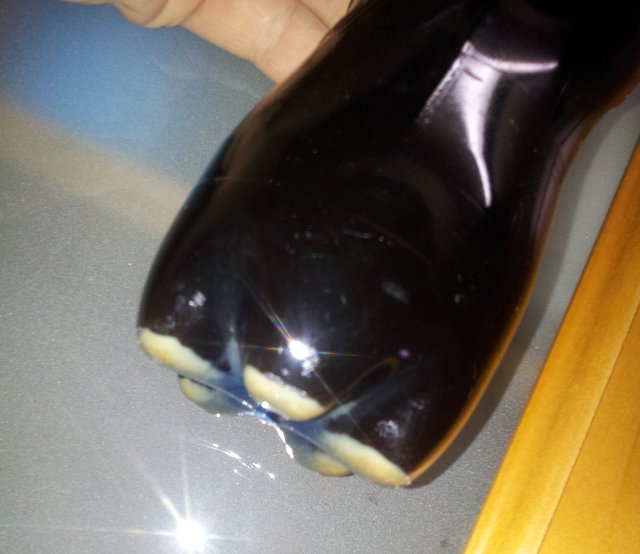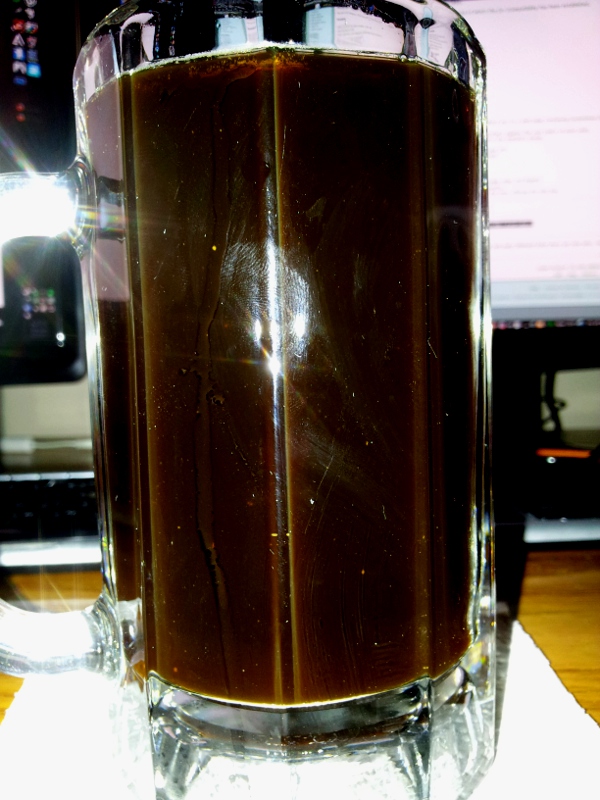Oh yes. I purposefully overdid the warrior in the brewing, and dry hopped with willamette.
Good to know, I wondered how much hops really fade over time in an IPA.

Oh yes. I purposefully overdid the warrior in the brewing, and dry hopped with willamette.
...
Chap, thanks for the offer, but I think I'm good for now. Besides, the last time a fellow Okinawan offered to babysit my brews, it was a Gunnery Sergeant from Camp Foster. I'd trust my life to a Gunny in combat, but I know better than to let them watch over my beers!
Quick update, I bottled today. Surprisingly, the mold(?) did not seem to affect the flavor or aroma of the beer much. I think I sensed an ever-so-slight apple/peary fruity aroma, but it was tough to tell because this beer's brewed with lots of spices like orange zest among others. So there might have been some esterification during its long trip in the secondary, but I don't think it affected the beer much.
The clarity was unreal, though. I've never seen clearer unfiltered beer, even down to the last drop out of the carboy.
Now for the almost final test: to find out of there's still living yeast looking for a quick bite of priming sugar. The final test is going to happen about 2 weeks from now, Insha'Allah.
I always bottle beer into one or two clear PET bottles, just to do the squeeze test for carbonation and to easily see the yeast sediment at the bottom.












![Craft A Brew - Safale S-04 Dry Yeast - Fermentis - English Ale Dry Yeast - For English and American Ales and Hard Apple Ciders - Ingredients for Home Brewing - Beer Making Supplies - [1 Pack]](https://m.media-amazon.com/images/I/41fVGNh6JfL._SL500_.jpg)

